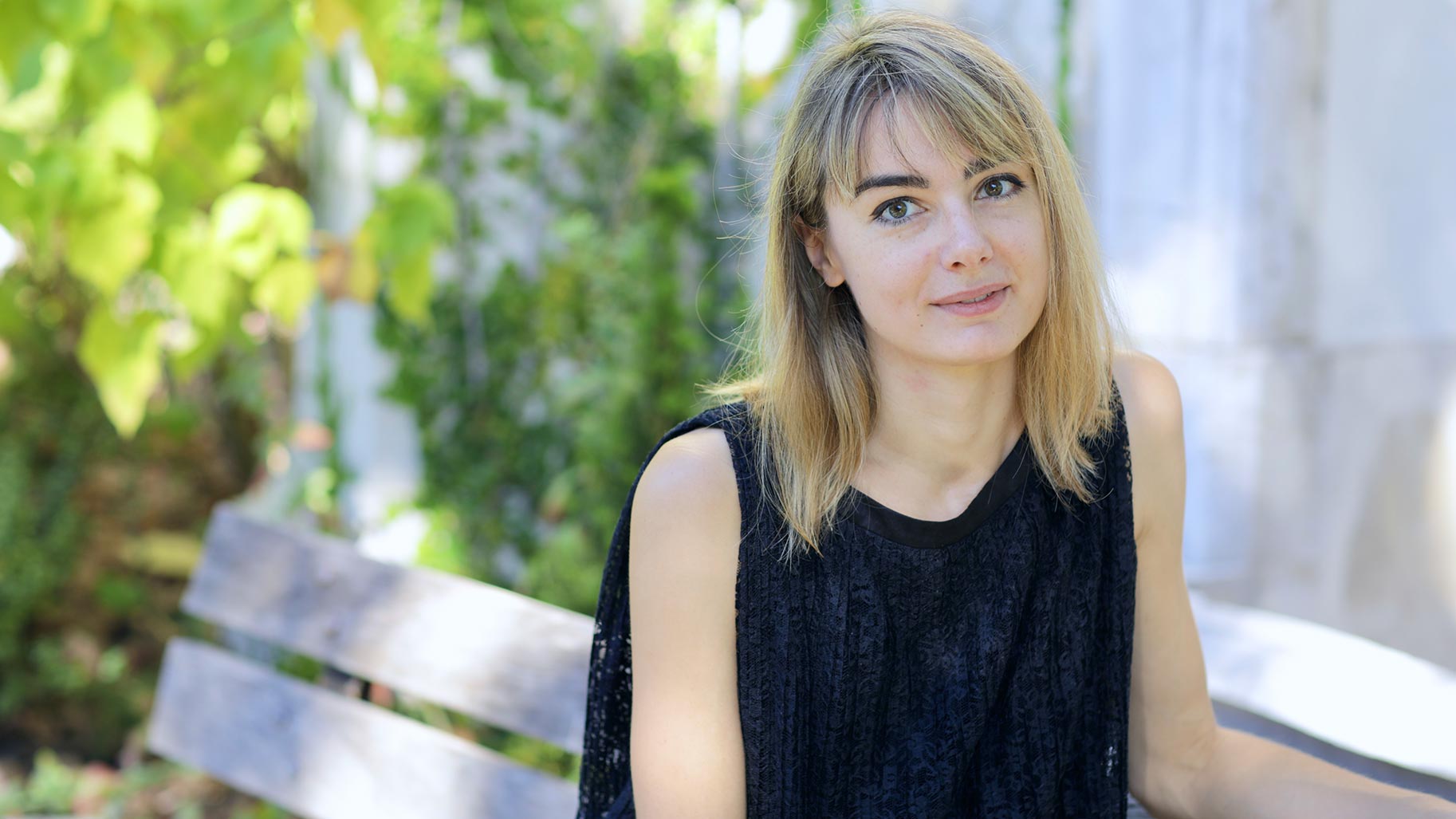Florence Marcotte: exploring the magnetic fields of stars
Date:
Changed on 06/09/2023

It will enable me to recruit doctoral and post-doctoral students to work in teams on a subject in line with my research: the dynamics of electrically conductive fluids, which can generate an electromagnetic field in stellar systems through a process known as the dynamo effect.
We have an example of this right under our feet in the form of the Earth's magnetic field. But while the latter is relatively well understood, there are, for example, stars in which the existence of a magnetic field is suspected, but whose origin, structure and impact on the stellar plasma are unknown. These are fundamental questions in astrophysics, as the existence of a magnetic field can strongly influence the evolution of a star, for example by modifying its rotation.
The project funded by the ERC grant will use a mathematical theory known as optimal control. In some astrophysical objects, the generation of magnetic fields crucially depends on initial conditions. Mathematically, this means that the non-linear equations governing their evolution can have multiple solutions, and that depending on the initial magnetic perturbation, the system will spontaneously evolve towards one equilibrium rather than another: for example a dynamo solution, i.e. the object will develop a persistent, self-sustaining magnetic field, or conversely a non-magnetic solution.
Identifying a dynamo equilibrium directly is very difficult, due to the nature of these equations, and often requires a fairly precise idea of the solution sought... which we don't have! Optimal control theory allows us to get round this obstacle, as we showed in a recent article in the journal PRL (Physical Review Letters): we look for the initial perturbations that maximize the energy of the magnetic field at a given time, then using classical numerical simulation, we check a posteriori that these "initial seeds" are capable of triggering a dynamo instability, and we follow their evolution until we reach the desired equilibrium. However, it may not work every time... that's the risky part of the project!
We're going to try to use this method to model the radiative zones of stars, where the possible dynamo mechanisms are still mysterious. For example, an intriguing problem is the existence of the "magnetic desert" of intermediate-mass stars: the magnetic fields detected at the surface of these stars are either very intense or extremely weak... and nobody knows why! It's an interesting challenge to try and understand how originally similar objects can follow two such distinct magnetic evolutions. We'll also be testing our approach on the question of the origin of turbulence in protoplanetary disks (disks of gas and dust that give rise to planets).
It takes a lot of discussion with colleagues from different fields to find a common language. When I joined Inria's Castor team in 2019, I didn't use the same terms as the mathematicians, even though I was talking about the same methods. But through reading articles and working with astrophysicists, particularly at the Observatoire de la Côte d'Azur, I'm trying to navigate between the three communities. And I really appreciate how lucky I am to be able to carry out my research in a laboratory that combines fluid mechanics and applied mathematics!
Key dates in the Florence Marcotte career's